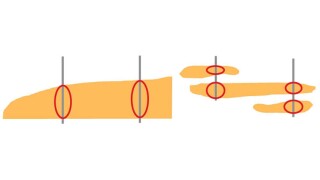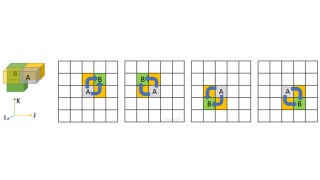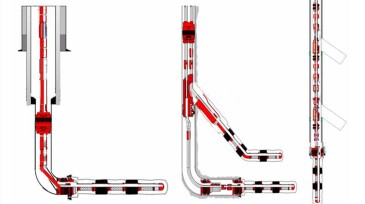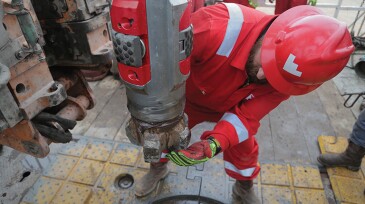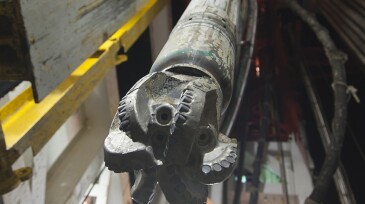Directional/complex wells
This paper discusses cases from the North Sea and offshore California in which high-fidelity pressure and dynamics measurements, combined with high-speed telemetry, helped overcome complex geotechnical challenges.
This paper describes an alternative lower-completion concept for developing Lower Wilcox reservoirs referred to as high-angle multifractured well design.
This paper presents an efficient mathematical optimization method for well placement that maximizes contact with the productive zones for the best locations in the reservoir.
-
The objective of this paper is to review selected completions to provide insights for adoption of multilateral technologies, including lessons learned, operational experience, and recommendations.
-
This paper describes preplanning, execution, and results of drilling extended-reach wells with a large-bore design of 12¼-in. as the main stepout section and deploying 9⅝-in. casing at a shallow true vertical depth of 4,200 ft.
-
Geosteering is supposed to ensure the wellbore stays in the most-productive zone, but a recent study suggests it often misses the mark.
-
This case study presents results achieved in Romania, Mexico, and Kuwait with the use of a series of innovations featuring integrated bottomhole assemblies. A push-the-bit system combines high-performance drilling with precise directional control.
-
This paper highlights the potential of machine learning to be used as a tool in assisting the drilling engineer in bit selection through data insights previously overlooked.
-
A leaner and wiser Weatherford seeks new Middle East contracts while growing margins and market share on existing business.
-
This paper presents a physics-based approach to predict sand production for various reservoir and completion types, explored through a case study of recent production wells in a sandstone reservoir development.
-
This paper discusses novel acoustic techniques used to identify productive zones and areas of sand production in a well with a sanding event.
-
ADNOC awarded a new round of contracts to international service companies, intending to apply directional drilling and LWD to boost production by getting a better assessment of its reservoirs.
-
An automated detection application helped identify stringers early for an operator of a mature field in the North Sea while drilling multilateral wells through reservoir sections containing hard calcite stringers interspersed in sand formations with low unconfined compressive strength. The application guided drilling decisions that minimized invisible lost time and sh…


